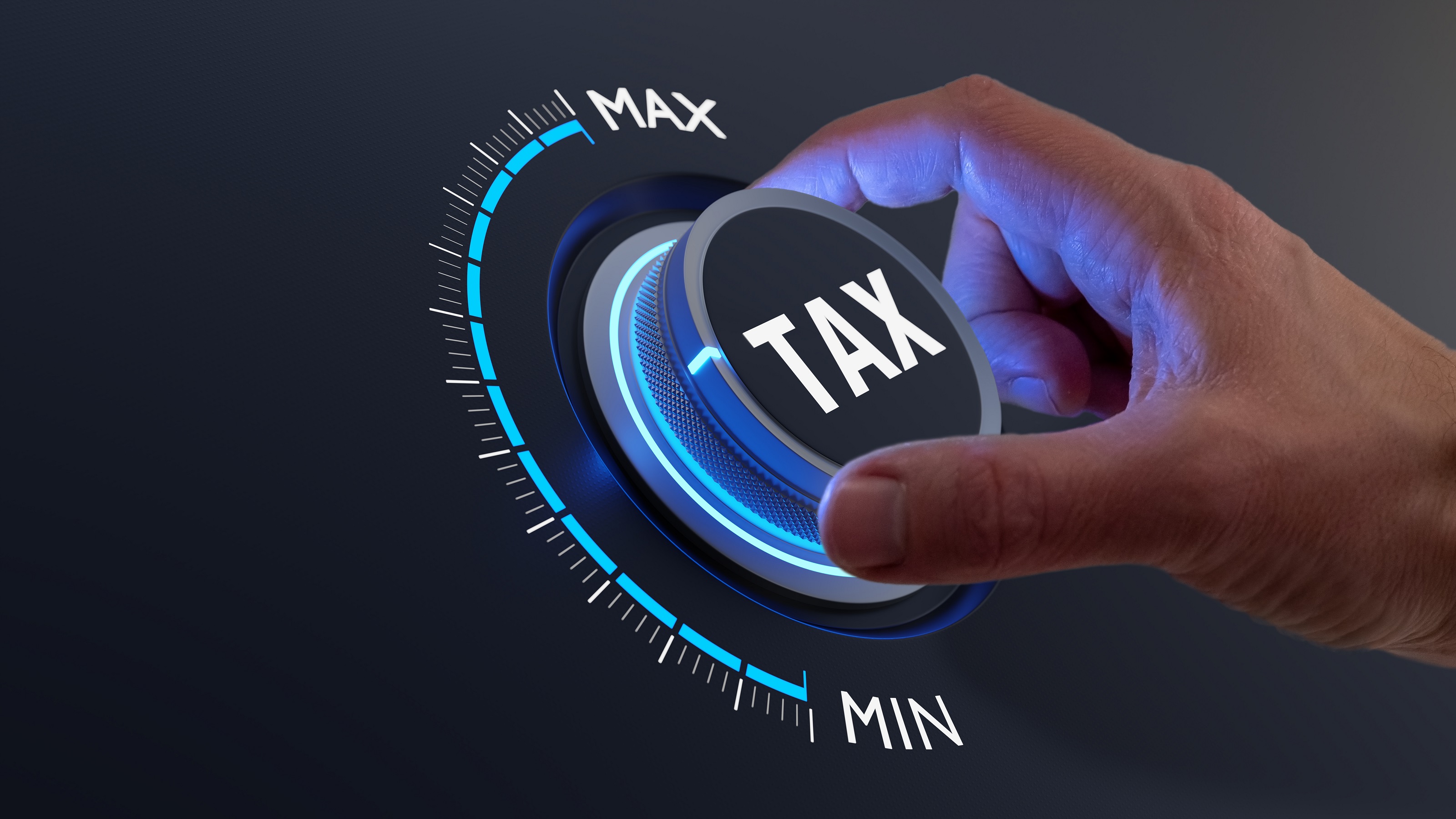Retirement isn’t the end but rather a new beginning. A time to enjoy the rewards of your hard work. But if you’re not careful with tax planning, your life’s savings could be slowly eroded by unexpected tax liability. Let’s explore the tax impact of common income sources and how being aware of them could help you reduce your tax bill and stretch your savings further into retirement.
Popular retirement income sources
Retirement income comes from a variety of sources, each with different tax implications. Most people find their retirement income usually includes some combination of:
Social Security benefits: Depending on your total income, up to 85% of your Social Security benefits may be taxable.Pension income: If you receive income from a pension, it is usually fully taxable as ordinary income.Traditional IRA and 401(k) withdrawals: Distributions from these accounts are generally taxed as ordinary income.Roth IRA and Roth 401(k) withdrawals: Qualified distributions from Roth accounts are tax-free.Investment income: Income from investments, such as dividends, interest and capital gains, may be subject to different tax rates.Required minimum distributions (RMDs): Once you reach age 73, you have to take RMDs from your traditional IRA and 401(k) accounts, which are taxed as ordinary income.
Tax planning and mitigation strategies
Optimize Social Security benefits with tax efficiency in mind.
Subscribe to Kiplinger’s Personal Finance
Be a smarter, better informed investor.
Save up to 74%
Sign up for Kiplinger’s Free E-Newsletters
Profit and prosper with the best of expert advice on investing, taxes, retirement, personal finance and more – straight to your e-mail.
Profit and prosper with the best of expert advice – straight to your e-mail.
How you time your Social Security benefits often determines how much your payments will be. Waiting until 70 to claim Social Security — or at least until your full retirement age — can significantly increase your monthly payments. While you’re waiting to claim your benefit and letting it grow, you can fund your retirement expenses by drawing down funds from your IRAs and other accounts. By the time that you finally file for Social Security, the account values of those assets would be smaller. That means you can potentially reduce the percentage of your Social Security benefits that are subject to taxation.
Plan strategic withdrawals from retirement accounts.
The order in which you withdraw funds from your various accounts can have a lasting impact on your tax bill. I often advise my clients to withdraw from taxable accounts first, then tax-deferred accounts and finally tax-free accounts (Roth IRAs). This strategy allows tax-deferred accounts to continue growing while potentially keeping you in a lower tax bracket in the earlier years of retirement.
Do Roth conversions.
Although taxable, converting a traditional IRA or 401(k) to a Roth IRA can be a powerful tax-planning tool because it allows for tax-free withdrawals moving forward. If you expect to be in a higher tax bracket later in retirement or if you want to reduce the impact of RMDs, a Roth conversion strategy can save you a significant amount in taxes.
Manage capital gains and losses.
You can manage taxable investment accounts by strategically selling investments to offset gains with losses to reduce your taxable income. Keep in mind that holding investments for more than a year before selling can qualify you for the lower long-term capital gains tax rate.
Consider the impact of required minimum distributions (RMDs).
To reduce RMD tax impact, consider starting withdrawals from tax-deferred accounts before you reach the age of 73. Alternatively, converting a portion of your tax-deferred accounts to a Roth IRA each year before RMDs begin can reduce future RMD amounts.
Health savings accounts (HSAs) can be a tax-efficient way to pay for health care expenses during retirement. Contributions to an HSA are tax-deductible, the funds in the account grow tax-free and withdrawals for qualified medical expenses are also tax-free. After age 65, you can also use HSA funds for non-medical expenses, though remember that these withdrawals are taxed as ordinary income.
Make charitable contributions tax-efficiently.
Charitable giving can not only be an altruistic and philanthropic practice but also a key tax-saving part of your financial plan. Consider using qualified charitable distribution (QCDs) to transfer up to $105,000 (the limit in 2024) directly from your IRA to a charity, satisfying your RMD without increasing your taxable income.
The bottom line
Effective tax planning in retirement is essential for preserving your wealth and ensuring a comfortable and secure retirement. By understanding the tax implications of your income sources and implementing strategic withdrawal and investment strategies, you can minimize your tax burden and make your savings last longer.
Remember, tax planning doesn’t end once you retire. Changes in tax law as well as life changes, such as selling a home or receiving an inheritance, can affect your tax situation. Start planning early and revisit your plan regularly to adapt to changes in your financial situation.
Related Content
This article was written by and presents the views of our contributing adviser, not the Kiplinger editorial staff. You can check adviser records with the SEC or with FINRA .











